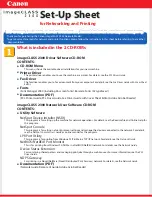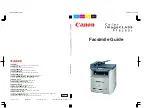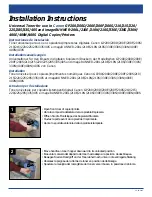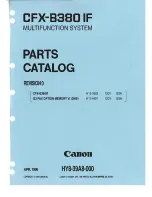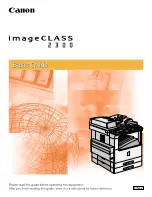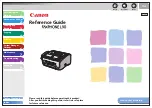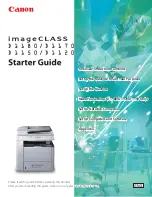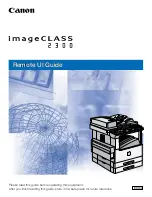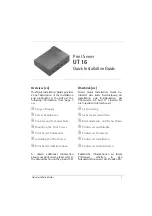
2-34
Theory of Operation
Communication
Communication with non-contact smart cards is slightly more complicated
because there is no physical connection between the interface and the card. The
card reader sends out a radio frequency broadcast, which not only provides
power to the card, but also establishes communication. This is called inductive
coupling, and is similar to the function of a transformer.
Inductive coupling works the same way as a transformer does, except that the
two coils are farther apart (called loosely coupled). The operating field of the
card reader has a frequency of 13.56 MHz. This is called the carrier frequency.
Signal Modulation
The concept of signal modulation arises from the relationship between frequency
and required antenna size. Namely, the antenna needs to be on the same order as
the wavelength of the signal. The lower the frequency—the longer the
wavelength—the larger the antenna required to transmit or receive the signal.
An audio signal for example, would require an antenna of approximately
300 Km in length. This wouldn’t fit very well in the trunk of your car for
listening to your favorite music, and a portable radio would be totally out of the
question.
Instead, the lower frequency (the data signal) is combined with a higher
frequency (the carrier). The higher frequency is more easily transmitted and
received. Combining two signals together is called modulation.
There are many different types of signal modulation, but they all boil down to
three basic parameters—altering the amplitude, frequency and/or phase of the
carrier signal.
You are probably familiar with the terms Amplitude Modulation and Frequency
Modulation because these are used by most consumer radios. We know them as
AM and FM radios. Because of their nature, digital signals can utilize many
variations on these basic modulation schemes.
The following diagrams show a couple of the basic modulation schemes as well
as the variants used by digital signals. The AM and FM modulation diagrams are
shown with analog data signals, but phase-shift modulation is easiest to show
with a digital signal.
Summary of Contents for CP80
Page 1: ...Datacard CP80 and CP80 Plus Card Printers Service Manual May 2007 Part No 539490 002 Rev C ...
Page 14: ...1 4 Introduction ...
Page 17: ...CP80 and CP80 Plus Service Manual 2 3 Print Engine Functional Block Diagram ...
Page 18: ...2 4 Theory of Operation Laminator Functional Block Diagram ...
Page 22: ...2 8 Theory of Operation LCD Service Mode Menu Diagram ...
Page 52: ...2 38 Theory of Operation ...
Page 158: ...6 6 Removal and Replacement Print Engine Front Wire Routing Diagram ...
Page 159: ...CP80 and CP80 Plus Service Manual 6 7 Print Engine Duplex and Printhead Wire Routing Diagram ...
Page 160: ...6 8 Removal and Replacement Laminator Front Wire Routing Diagram ...
Page 161: ...CP80 and CP80 Plus Service Manual 6 9 Laminator Rear Wire Routing Diagram ...
Page 162: ...6 10 Removal and Replacement Power Supply Wire Routing Diagram ...
Page 163: ...CP80 and CP80 Plus Service Manual 6 11 Print Engine Cable Connection Diagram ...
Page 164: ...6 12 Removal and Replacement Laminator Cable Connection Diagram ...
































